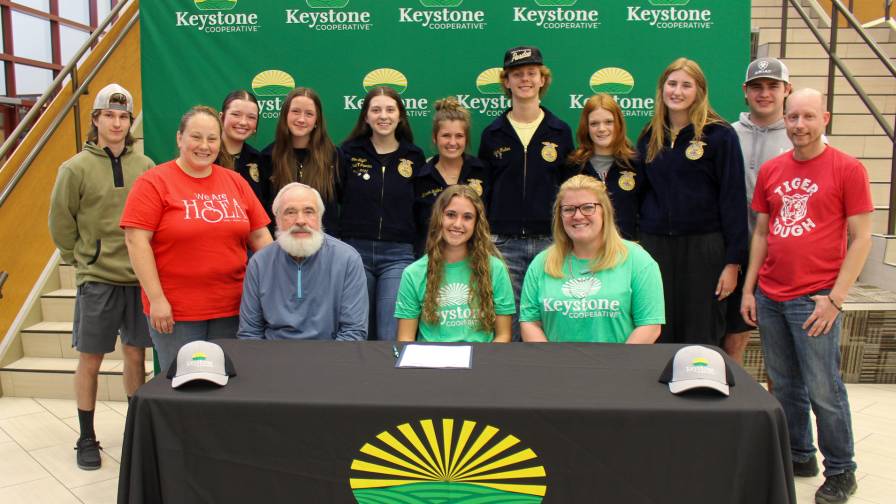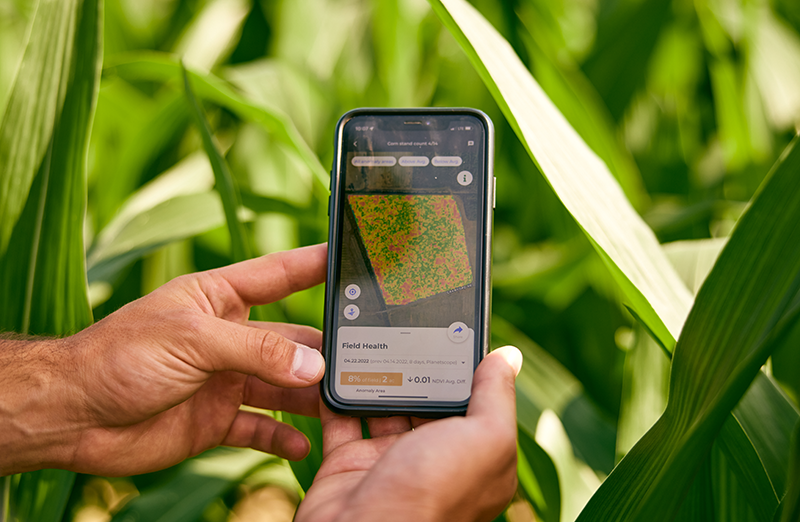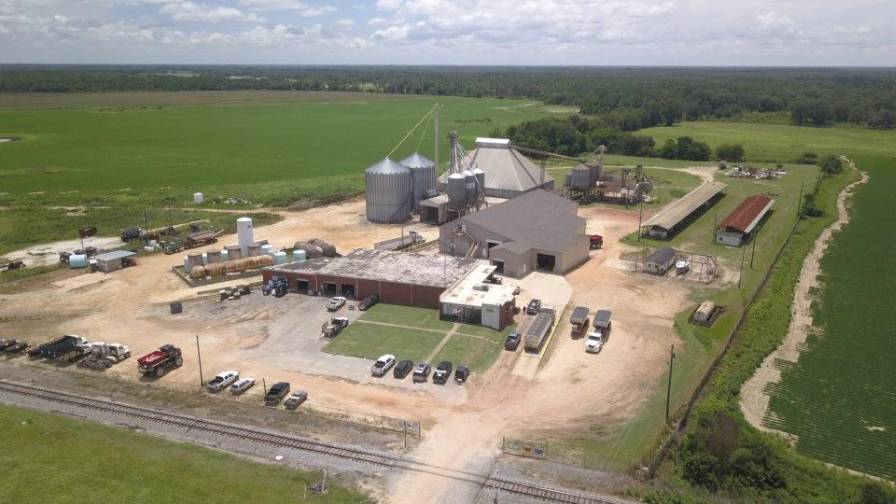Safeguarding America’s Farm Land With Proper Water Drainage
Conservation and efficiency are emerging as top concerns for agriculture as a new presidential administration sets priorities and policy. Consumers also demand responsible practices and products. To avoid being left behind, businesses must continue to shift their focus on being agents of positive change. As sustainability goals take center stage, land and water preservation become even more integral.
Farming is evolving at this exact moment to meet these demands, and novel approaches like watershed-level drainage and water management are taking center stage to rise to the occasion. Improper drainage has detrimental effects on the long-term viability of the land since excess water can increase the chance of soil erosion, compaction, and nutrient loss. Furthermore, neglected or inappropriately situated drainage inhibits the opportunity for timely field operations, hence lowering productivity. The inefficient use of resources is a costly undertaking in the long run and the new sustainability demands of this generation will also not tolerate poor stewardship of natural resources.
All stakeholders – including farmland investors – increasingly expect concrete and measurable commitments to sustainability and cost, so it is logical to use services in drainage consulting that provide these results and a competitive advantage in the market. For example, resources such as fertilizers, herbicides, and pesticides can only be effective when the land is properly drained. In addition, the topsoil, which is the most nutrient rich and essential for plant health, will wash downstream. Furthering the negative impact, losing the topsoil has more damaging effects such as land erosion and downstream water pollution.
The positive sustainability impact of drainage larger than it appears. By minimizing soil erosion and nutrient loss, drainage also contributes to cleaner water. There are also carbon sequestration benefits that are enhanced with the appropriate production plan, which in turn paves the way for nutrient loss reduction strategies. Furthermore, drainage promotes opportunities for “bolt-on” conservation practices such as waterways, riparian buffers, wetlands, bioreactors, etc. With the right characteristics, customized drainage can serve as water reuse infrastructure to store water for when the crop needs it.
Farmers and landowners often understand the basics of drainage, but few have access to advanced resources and knowledge that prevent issues down the road. Reliable water management experts and precision engineering bridge this gap.
Digging Deep into Collaborative Action
As long-term strategies are shifting, it becomes more imperative to collaborate with water management specialists to generate sustainable results. Many factors go into the effectiveness of drainage efficiency – timing being one of them. Although it is never too late to add professional drainage to the land, it exceedingly becomes more difficult if the watershed neighbors are misaligned on the timeline of the projects. Experts agree that the only thing more expensive than improving a farm is doing it twice because of neglecting drainage at the right time. Collaborating and planning preemptively alleviates the risks and help unlock the true value of the land.
The success of multi-landowner projects – where mutually beneficial solutions are implemented – has moved the needle in watershed management. Identifying a watershed with acreage that shares a common outlet increases the efficiency and cost effectiveness of a water management system. The holistic approach is not only more durable, but also more cost-effective. A collaborative watershed process is a model for financial intelligence and conservation stewardship.
As water does not have geographical boundaries and does not discriminate against land or landowners, treating water management with a systems approach is imperative. Landowners and farmers have a powerful opportunity to collaborate and synchronize within the watershed to address and meet sustainability goals. Incorporating drainage is critical to providing lasting and substantial solutions for land improvements as long as those solutions are undertaken by professional drainage experts, consultants, and engineers. Drainage is sustainability done right – and it pays dividends for years to come.





